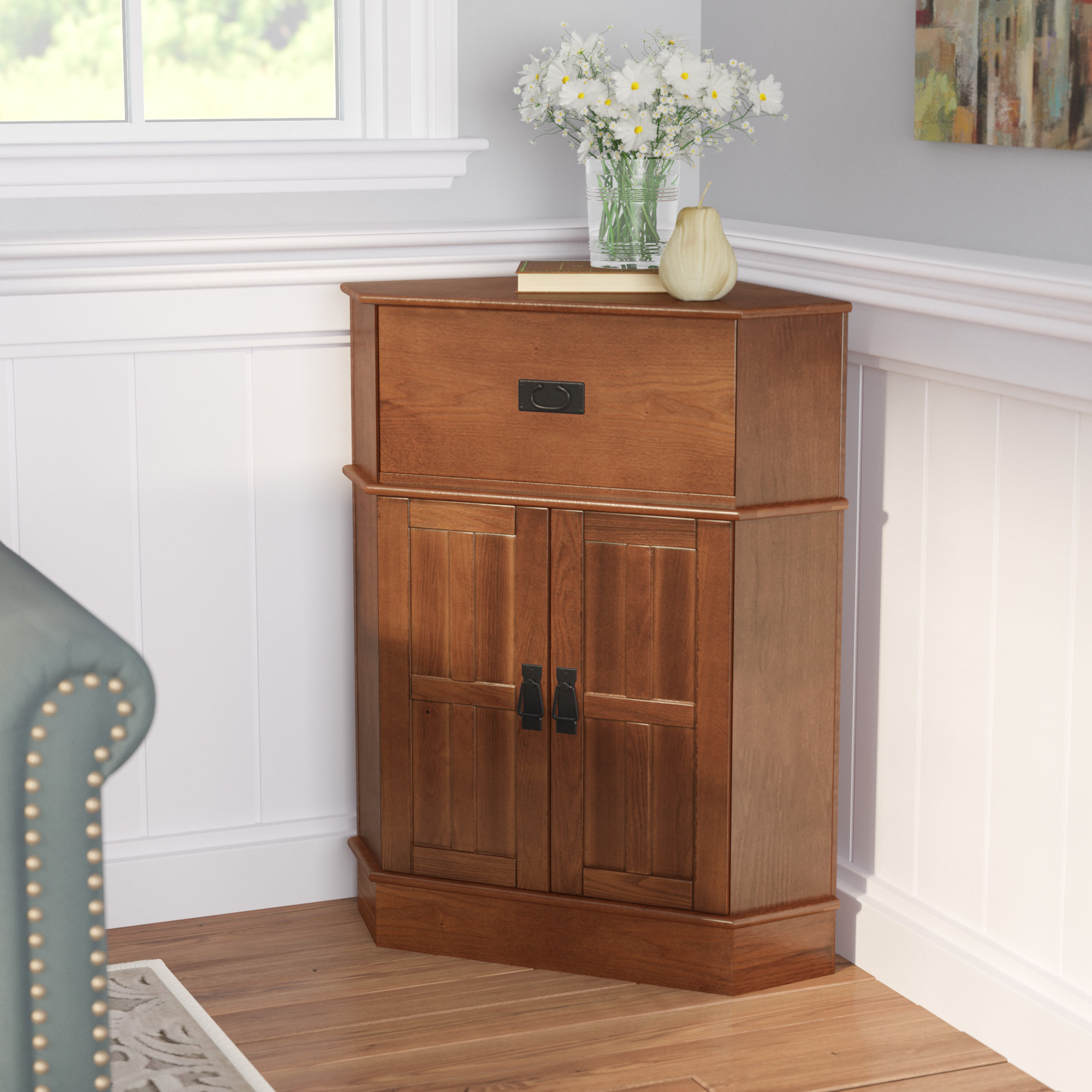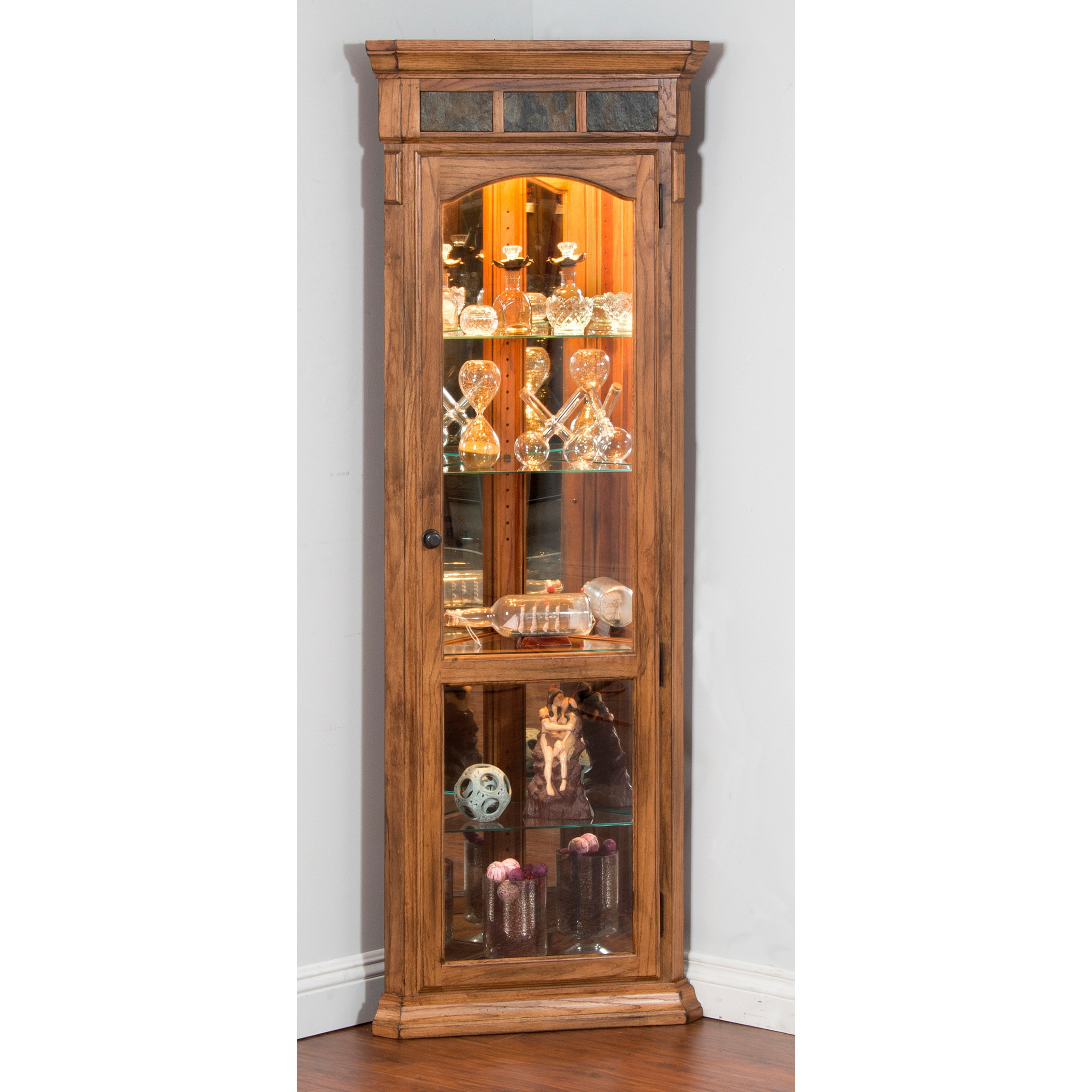Design & Aesthetics of Rustic Corner Cabinets

Right, so, let’s delve into the gloriously rustic world of corner cabinets. These aren’t your bog-standard IKEA flatpacks, mate. We’re talking handcrafted charm, a touch of the old-world, and a whole lotta character. The beauty lies in the details, and we’ll unpack those precisely.
Rustic Design Elements in Corner Cabinets
The “rustic” vibe isn’t just a fleeting trend; it’s a carefully curated aesthetic. Key elements contribute to that lived-in, comfortable feel. Think about the materials – the type of wood is crucial. Reclaimed wood, with its knots, imperfections, and variations in colour, screams rusticity. Oak, pine, and even distressed walnut are top choices. The finish is equally important; a slightly distressed or worn look, perhaps a slightly uneven application of paint or stain, adds to the authentic feel. Avoid anything too pristine or polished; that’s the antithesis of rustic. Hardware plays a starring role too; think wrought iron, antique brass, or even simple wooden knobs – nothing too modern or sleek. The overall style aims for a sense of relaxed informality, a touch of the handcrafted, and a feeling of history.
Comparison of Rustic Styles in Corner Cabinets
Several distinct rustic styles exist, each with its own unique flavour. Farmhouse style, for instance, evokes a sense of rural simplicity and practicality. Imagine a cabinet painted in a creamy white or soft grey, with simple black iron hardware, perhaps some subtle distressing around the edges. Shabby chic, on the other hand, leans towards a more romantic and slightly more delicate aesthetic. Think pastel colours, delicate floral patterns, maybe even some lace or distressed metal details. Finally, industrial rustic blends raw, unfinished elements with a touch of urban grit. This might involve using metal accents, exposed wood beams, and a more utilitarian colour palette – think dark greys, browns, and blacks. A cabinet in this style might incorporate repurposed metal elements or feature a more rugged, less refined finish.
Hypothetical Rustic Corner Cabinet Design, Rustic corner cabinet with doors
Let’s blueprint a specific cabinet, shall we? This beauty will be a real head-turner.
| Feature | Description | Material | Style |
|---|---|---|---|
| Dimensions | 36″ wide x 72″ high x 24″ deep | N/A | Standard Corner Cabinet Size |
| Doors | Two paneled doors with raised detailing | Reclaimed Pine | Farmhouse |
| Finish | Distressed whitewash with subtle grey undertones | Chalk Paint | Shabby Chic influence |
| Hardware | Antique brass cup pulls | Brass | Classic Rustic |
| Shelving | Three adjustable shelves | Reclaimed Pine | Farmhouse Practicality |
| Base | Solid base with slightly splayed feet | Reclaimed Pine | Traditional Rustic |
| Overall Style | Blends farmhouse practicality with shabby chic charm | N/A | Eclectic Rustic |
Functionality & Practical Considerations: Rustic Corner Cabinet With Doors

Right, so we’ve established the aesthetic appeal of these rustic corner cabinets. Now, let’s get down to brass tacks and talk practicality. Choosing the right corner cabinet hinges on its intended use and the specific needs of the room it’ll grace. Different rooms demand different functionalities, and a one-size-fits-all approach is, frankly, a bit naff.
Corner cabinets, with their clever space-saving design, offer a brilliant solution for maximising storage in areas where space is at a premium. However, their inherent design also presents some limitations that need careful consideration before committing to a purchase.
Room-Specific Advantages and Disadvantages of Corner Cabinets with Doors
The suitability of a corner cabinet with doors varies wildly depending on the room. In a kitchen, the deep corner often remains underutilised, making a corner cabinet a total game-changer. The enclosed space is perfect for storing less frequently used items like extra crockery or seasonal baking equipment. However, accessibility can be a bit of a faff, requiring careful organisation and potentially a pull-out shelving system to retrieve items from the back. In bathrooms, these cabinets are ace for storing towels, toiletries, and cleaning supplies, keeping everything neatly tucked away. The enclosed nature protects items from moisture, a massive bonus. The disadvantage here is again accessibility; a poorly designed interior could lead to a chaotic jumble of items. In a living room, a corner cabinet can be a stylish storage solution for books, games, or media equipment. The downside is that the cabinet might dominate the corner, so careful consideration of its size and style relative to the room’s overall aesthetic is key. Basically, you need to think about how it’ll work with the overall vibe.
Types of Doors for Rustic Corner Cabinets
The choice of door significantly impacts both the functionality and the overall aesthetic. Solid wood doors offer robust durability and a classic rustic charm. They’re a bit heavier than other options, but their strength and longevity are undeniable. Glass-paned doors, on the other hand, allow you to showcase some of your stored items, adding a touch of elegance and making it easier to find what you need. However, they’re less protective and might not be suitable for all storage needs. Louvered doors provide excellent ventilation, ideal for storing items that might benefit from airflow, such as linens or craft supplies. The downside? They offer less privacy than solid wood or glass-paned doors.
Maximising Storage Efficiency in a Rustic Corner Cabinet
Organising the interior is absolutely crucial to maximise the cabinet’s potential. A well-planned system can transform what might otherwise be a chaotic storage space into a thing of beauty. Here’s a design that really works:
- Adjustable Shelves: These are a must-have, allowing you to tailor the space to accommodate items of varying heights. Think about different sized shelves to fit everything perfectly.
- Pull-Out Drawers: Incorporating pull-out drawers, particularly at the back of the cabinet, makes accessing items much easier. No more wrestling with things shoved in the furthest corner.
- Corner Shelves: These cleverly utilise the often-wasted space in the corner itself. They might be round, triangular or other shapes designed to perfectly fit the corner.
- Dividers and Organisers: Using dividers within drawers or on shelves keeps everything neat and prevents items from toppling over. Think small boxes or fabric dividers.
- Vertical Space Utilisation: Don’t forget the vertical space! Use stacked containers or tall, narrow boxes to maximise height. This is key for getting the most out of your storage.
